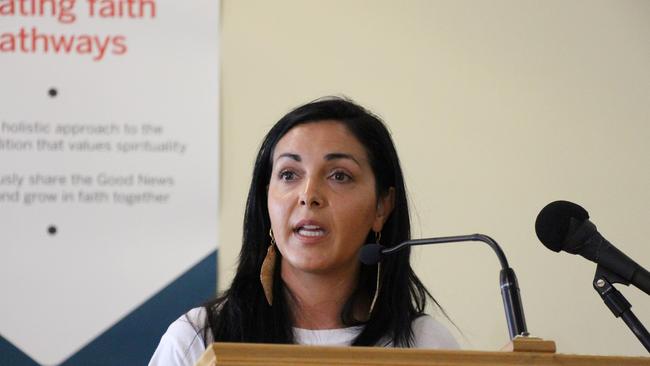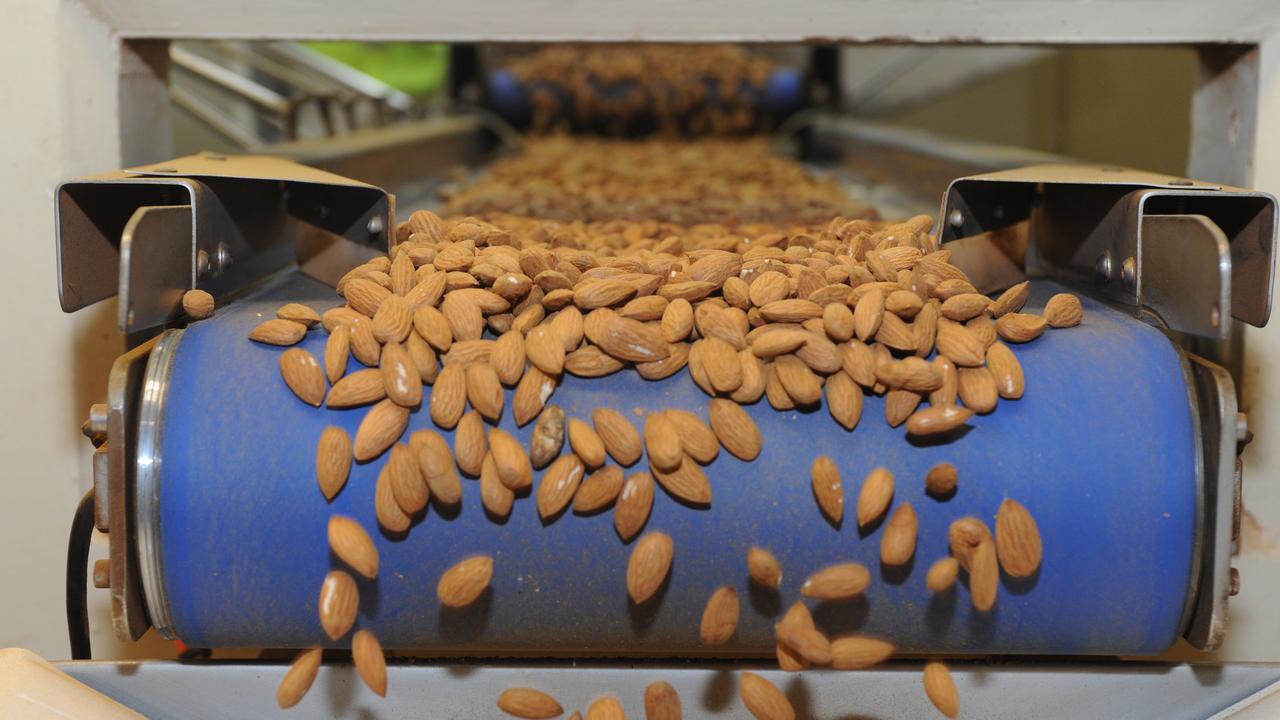Quality of fruit and vegetables takes hit
EXTREME heat has significantly affected the quantity and quality of fruit and vegetables available in Australia’s supermarkets.

EXTREME heat has significantly affected the quantity and quality of fruit and vegetables available in Australia’s supermarkets.
Victoria Farmers Federation horticulture president Emma Germano said the heat had posed a massive problem for the horticulture industry.
“There has been a lot of produce lost,” Ms Germano said.
“There was a lot around before Christmas, however now it has decreased dramatically.”
She said many consumers were questioning their local supermarkets due to the decreasing quality of fruit.
“It is not just local supermarkets, it is a widespread problem,” Ms Germano said, with water a primary concern for growers in Northern Victoria.
Nutrano Produce Group business improvement manager Tania Chapman said the severe heat was putting pressure on table grapes.
“Table grapes will be picked much earlier than I have seen in quite some time,” Ms Chapman said.
“The sugar is high in the grape, however the colour is not as good as what consumers may expect.”
She said the group had just completed its crop forecast and would aim to get a true figure next month.
“The citrus crops are looking better than last year despite the huge heatwave,” Ms Chapman said.
“However, the intense heat and little rain is putting pressure on the fruit trees.
“It has resulted in higher costs including water which has gone up a few hundred dollars in just the past few weeks.”
Intense heat scorched much of southeast Australia last week, with parts of NSW, Victoria and Tasmania recording the hottest temperatures in a decade.
Bureau of Meteorology meteorologist Jonathan How said the real heat struck inland Victoria and NSW, “getting up into the high 40s though places like Mildura, Swan Hill and Broken Hill”.
Most of Gippsland and far northwestern Victoria is still in the grip of serious or severe rainfall deficiencies, according to the Bureau of Meteorology.
Swathes of NSW, eastern South Australia and parts of Queensland are also experiencing rainfall deficiencies.


